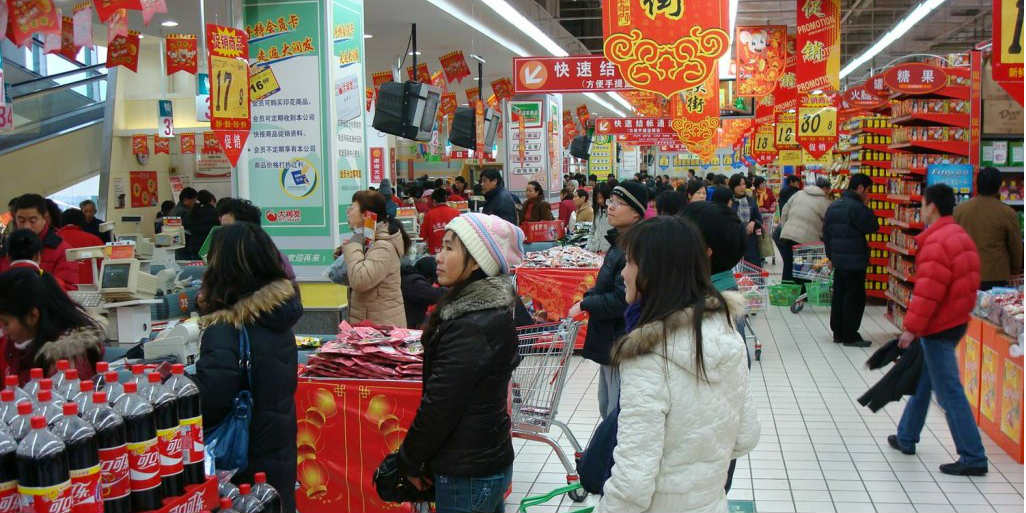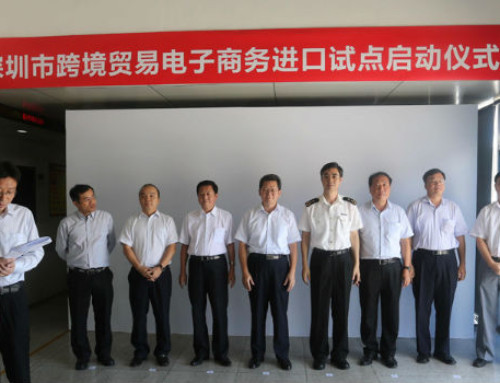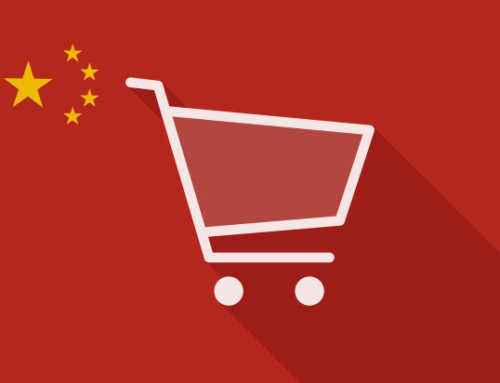When you move away from markets you know into the ones that are new to you, the risks associated with opportunities increase. Costs for researching and penetrating new markets will also increase. Of course, there’s no way to guarantee success, but the good news is that there are a variety of ways you can utilize to conduct some researches before you get started, to assess whether your product or service can win in China Wholesale Market.
Analyzing the following 5 elements helps you assess the success potential of your product in the China Wholesale Market, and the potential going forward.
1. The Policy of Chinese Government
Before entering the China Wholesale Market, the first thing you need to know is the Chinese government policy to your product or industry. Studying the Chinese government policies is important. The aim is always to take better decisions for your firm’s progress. Some common policies are political, economic, social and technological. Some foreign companies also study environmental, legal, ethical and demographical policies.
Several government policies can affect import and export business in Chinese. All foreign companies entering the China market must follow the Chinese law and consider government policy applied to your industry, and learn how it affects your business activities in China. So foreign companies should be ready to deal with changes resulted from government policies.
2. Target Market Size in China
First, try to answer these questions: How big is the overall China Wholesale Market for your product? How rapidly is it growing? And what segments are most interesting? These questions will identify market size and focus areas and indicate the necessary scale and timing of your entering.
Then you can begin to collect data to size the overall China Wholesale Market. Much of this can be done online. Sources include market studies, journals and government reports. Be aware that you will collect conflicting information and finding relevant and accurate data can feel a bit like detective work. Be critical in your evaluation. The next step is to quantify and segment the market. Essentially, you are determining which market segments you should pursue.
3. Customer Base in China
In a nutshell, analyzing your target customers means identifying the specific characteristics of the people or businesses who you believe are most likely to buy your product or service. These characteristics are sometimes called a demographic profile. Common characteristics used to classify customers include: age, gender, income level, buying habits, occupation or industry, marital status, family status (children or no children), geographic location, and more.
Then use these criteria to draw a profile of your most promising potential customers — those who have a real need or desire for your products or services. A maternity store specializing in professional wear, for example, may identify its target customers as 25- to 40-year-old pregnant, married women in the legal, financial, and real estate industries, within a ten-mile radius of the store. A bike shop with a focus on single-track mountain biking gear might define its target customers as 18- to 25-year-old single males living within two miles of the local university.
Make your profile as specific as possible. Some business owners often define their customer base too broadly, making it very difficult to engage in effective marketing efforts. Remember: A solid definition of your target customer serves as a foundation for all your marketing activities. The more carefully you’ve defined your target market, the more likely your marketing efforts — even simple, low-cost methods — will bear fruit.
4. Your Competitiveness in China Wholesale Market
Ask yourself whether your company can outweigh the competition’s products and services offering in Chinese market. Use business directories, web searches, local knowledge and industry associations to research your competition. You should be aware of each competitor’s products and services, age of business, number of employees, sales. Routinely monitor your competition and watch for any advertising, brochures or updates to website.
Use the data to observe who they are targeting and the techniques they are using and list the areas that you can and cannot compete. Collect a list of the services, products and locations they are serving and observe whether you can compete with them in the same area.
Discretely buy from your competitors and find out what kind of experience you received as a customer and the quality of products or services.
Finally, according to the information you gathered, learn what makes you compete most effectively in the China Wholesale Market, the price advantage or market differentiator. If you can’t compete effectively, be wary of such an endeavor. Build on your strengths to increase the chances of future successes.
5. Growth Potential of Your Product in China Wholesale Market
Another point you need to consider is whether your product or service has growth potential in the China market. Market changes with the general economic and political environment. New competitors are entering the marketplace as old rivals may be leaving or entering new marketplaces entirely. New products might reduce demand for your product or new research may provide information that helps promote certain benefits of your product.
Therefore, assessing the growth potential of your product or service is essential to directing your business and marketing efforts moving forward. In many cases, long-term growth rather than immediate rewards makes one market more attractive than another. An entrepreneur may decide to offer a new product in a growth area rather than pursuing sales of existing products that have minimum growth potential. Is the sales potential sufficient to make it worthwhile? Even if you can dominate a small market, it may not be worth your while. By assessing your growth potential in the Chinese market, you can make informed decisions regarding business planning and marketing strategy moving forward.
Conclusion
If you get positive answers to all the criteria mentioned above, you just might have a winner on your hands. If some of them are not so exciting, try to solve them. But don’t forget potential changes in China Wholesale Market. Questioning assumptions you might have about your product and China Wholesale Market can help you identify potential issues that should be addressed.
Related reading: 9 Keys to Successfully Sell Your Product to China













